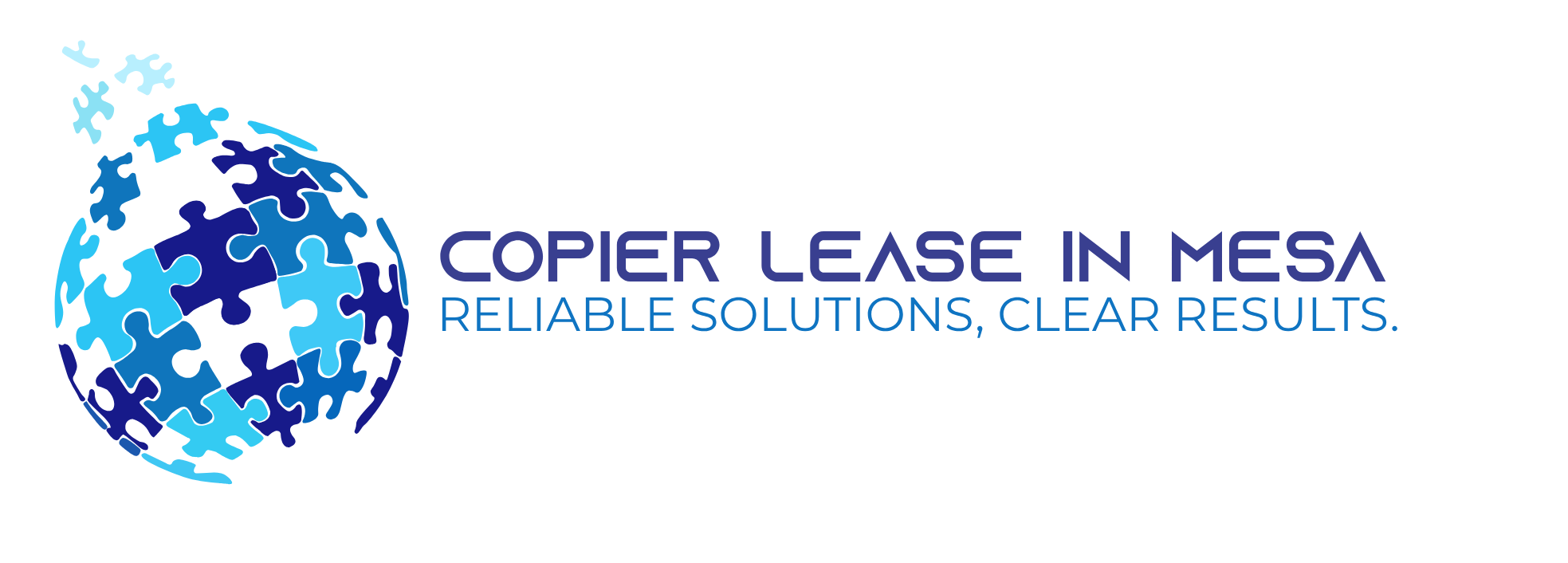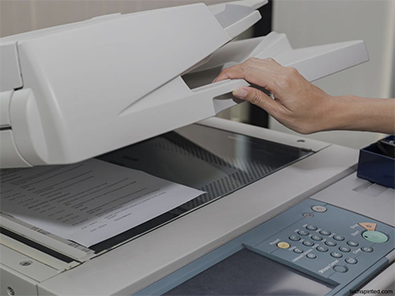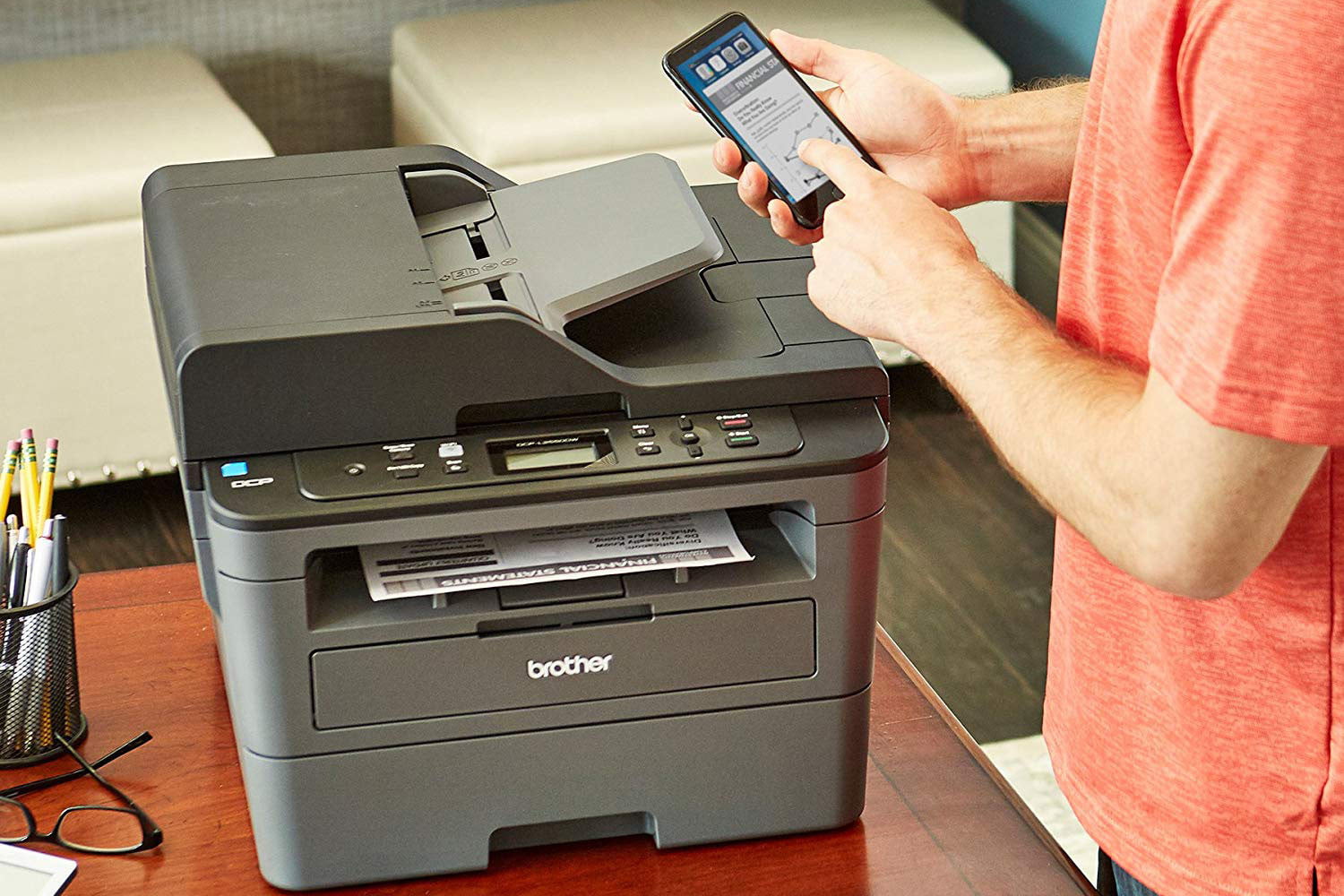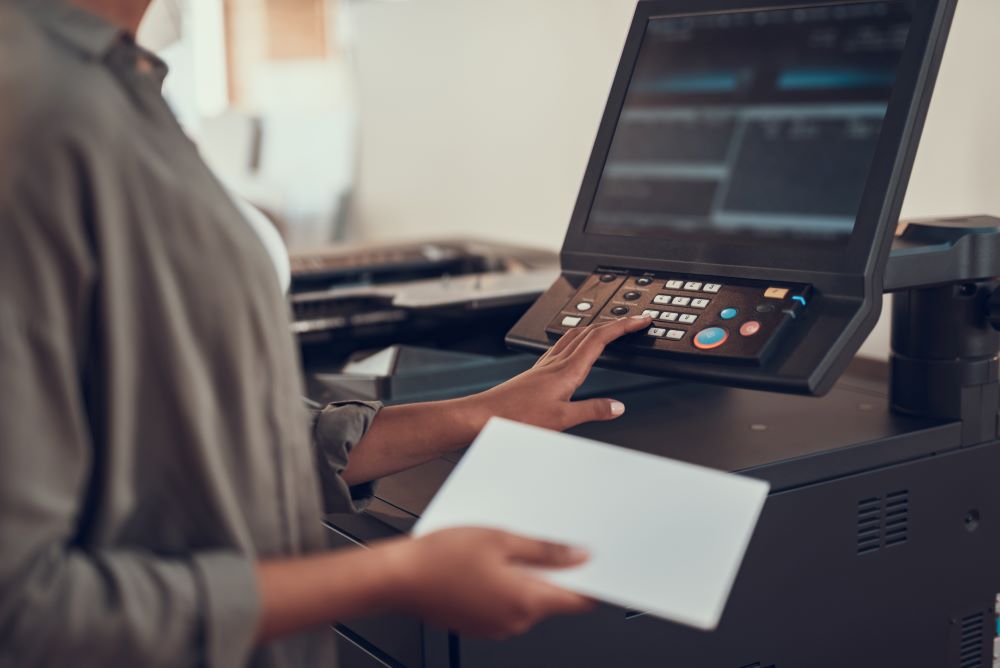You can connect a copier to your computer network. However, you need to understand the risks and benefits of doing so first. Copiers are used for printing documents that have been scanned into digital format. This means that they are not as secure as traditional printers because people often share their passwords with coworkers or clients using them in this way. Connecting your copier to a network requires careful precautions beforehand.
Can I connect the copier to my computer network?
You can connect a copier to your computer network. However, you need to understand the risks and benefits of doing so first. Copiers are used for printing documents that have been scanned into digital format. This means they are not as secure as traditional printers because people often share their passwords with coworkers or clients using them in this way. Static IPs let network devices print without DHCP, eliminating the need for direct cable connections.
What do I need?
– Router with DHCP server enabled (i.e., DDNS services) or access point/wireless router that supports “Client Mode” and Dynamic DNS features
– A static IP compatible device such as a laptop, desktop computer, tablet, or mobile phone which has been assigned a fixed IP address via LAN settings
– An Ethernet cable connecting said device’s RJ45 port directly to the corresponding interface on the router or wireless access point
– A computer browser on the device with a web connection
What does it do?
This will allow you to connect your copier wirelessly to an Ethernet port on your router or wireless access point. Static IPs let network devices print without DHCP, eliminating the need for direct cable connections. Keep in mind. WiFi printing requires correct printer setup; update the IP address if needed before connecting. The benefits of doing it this way are:
– All data packets containing files sent between computers are encrypted and secured
– You don’t need to connect your printer through Ethernet cables
– Printing jobs will be more efficiently processed with less lag time.
If you plan to get copiers for your office in Mesa, you can buy or lease copiers in Mesa. We can give you the option to get the copier that you want. You can contact our local copier leasing services department in your location.
If your Location is around Kansas City, you may call us at (902) 428-6500, and our personnel for copier leasing in Mesa will assist you. If you are also looking for copier repair services in Mesa, you may contact our copier repair personnel at the same number.
How do I connect my copier?
If you have an available router/switch, you will need to configure your wireless settings on it and establish some MTUing rules (i.e., LPR is only set for packet sizes up to 1492 bytes). Once this has been done- we’ll be able to proceed with connecting our networked devices. For example – a Canon iR2520N color laser printer would use these specifications: IP address 192.168.0.123; subnet mask 255.255a255r00 123; default gateway 192 168 0 126; DNS server “192 168 00 12”; . You may also want to print to the connected printer wirelessly.
What are the benefits of connecting my copier?
There are many advantages to making the connection between your computer and laser printer: shredding confidential documents becomes more accessible because the device’s output goes directly into recycle bin; printing on both sides automatically cuts paper expenses by 50%; e-mailing files from your desk saves time when communicating with clients or coworkers who live across town or on the other side of the world.
How should I connect my copier and computer?
To make sure everything works properly, follow these steps: first, plug one end of the USB cable into any open slot on the back panel or front-panel USB port of office equipment and then hit another end into the corresponding port located at the rear or top edge of desktop computer; after downloading drivers from supplier’s website, connect one end of Ethernet cable to any open slot on the back panel or front-panel Ethernet port in office equipment and then plug another end into corresponding port located at the rear edge of desktop computer; after downloading drivers from supplier’s website, connect one end of the USB cable to any open slot on the back panel or front-panel USB port in office equipment and then plug another end into corresponding port located at the bottom edge of the laptop.







